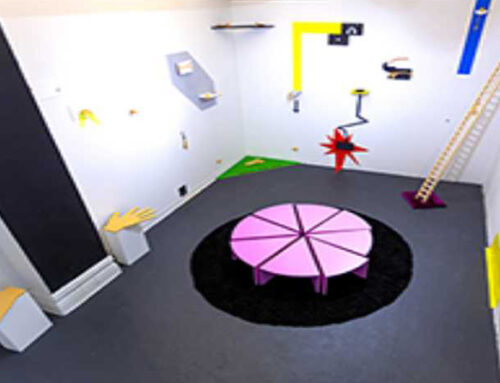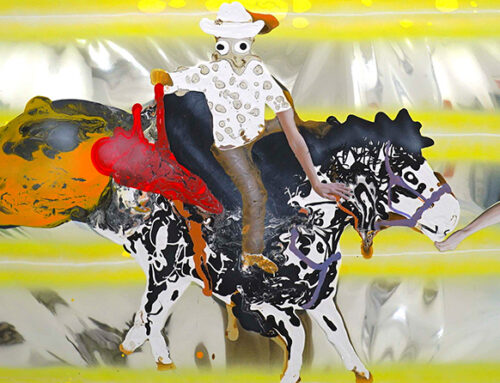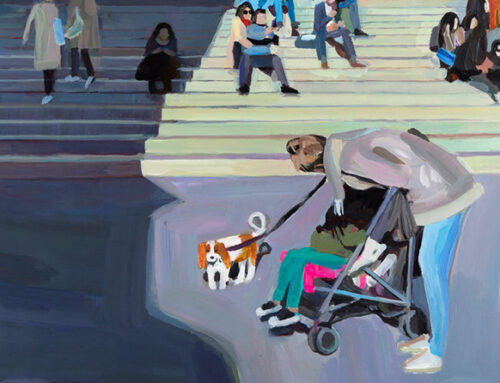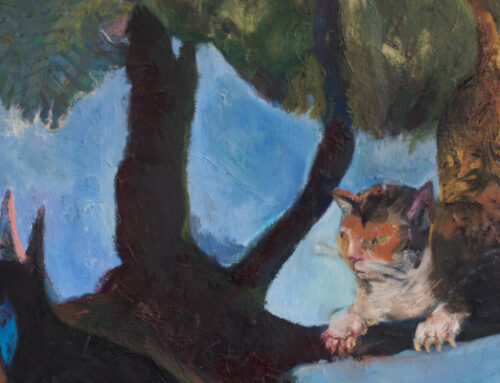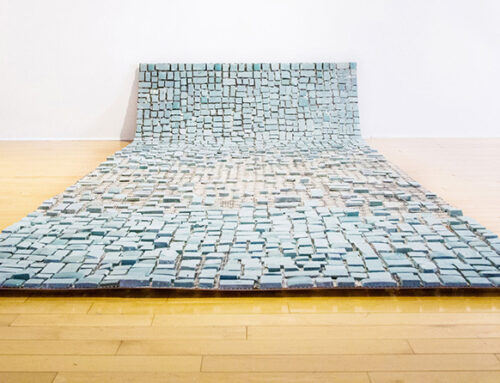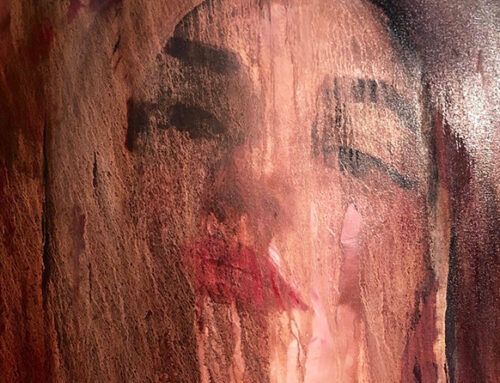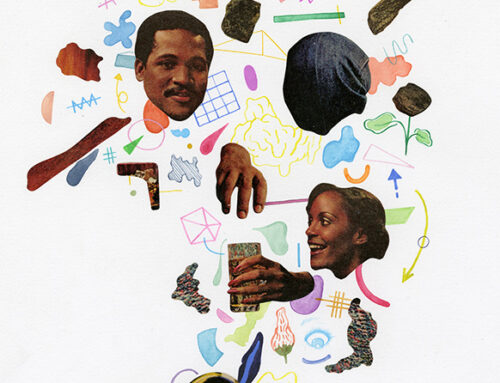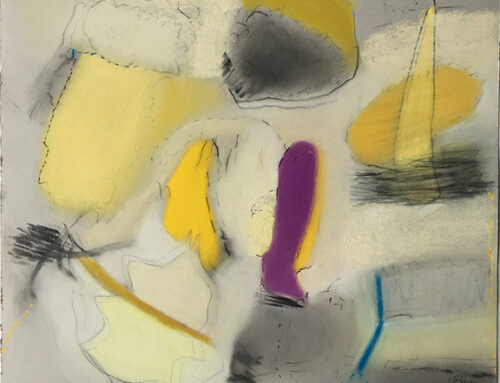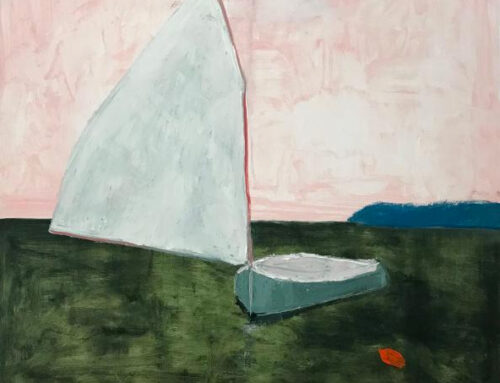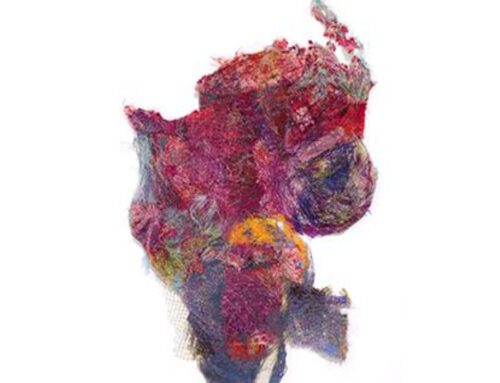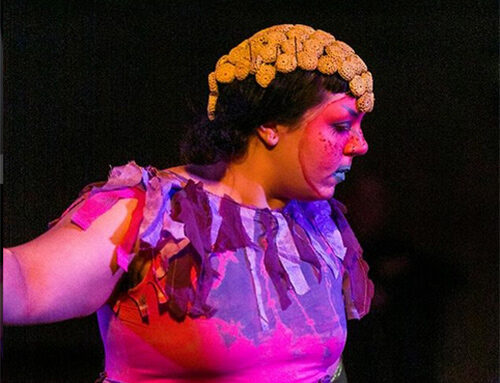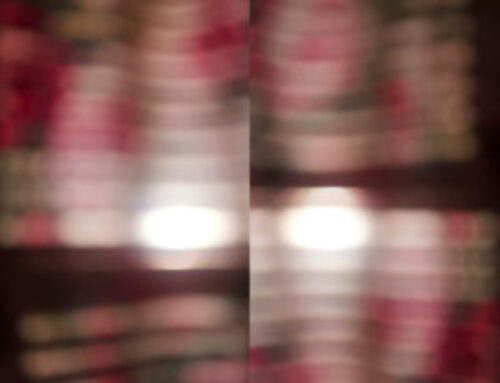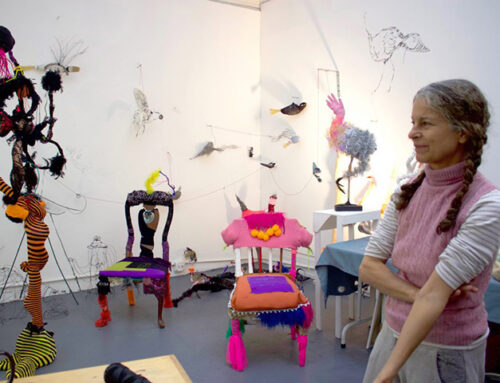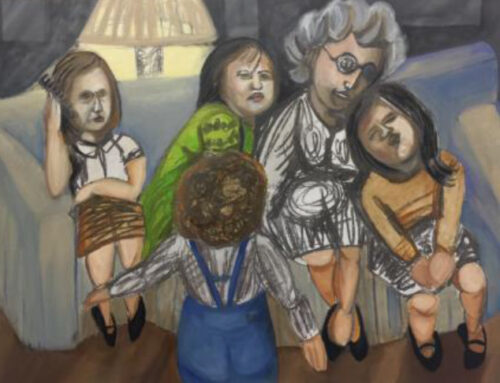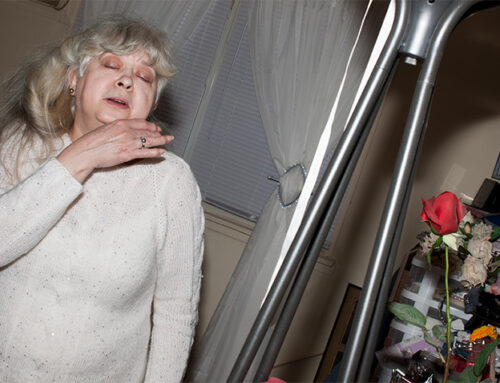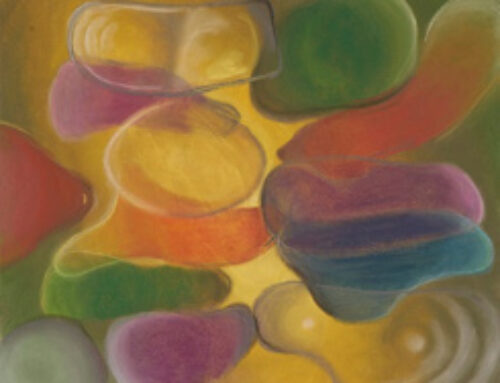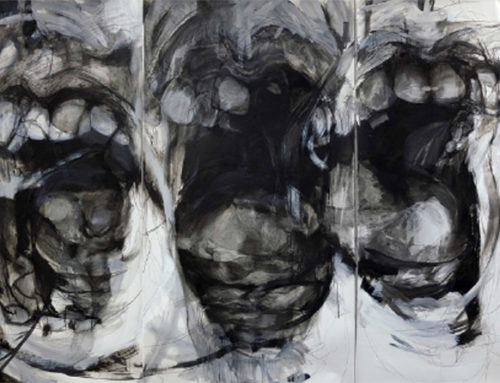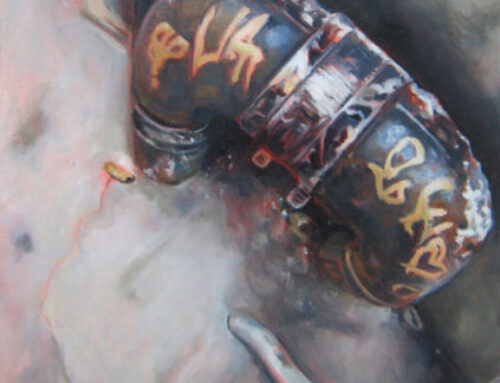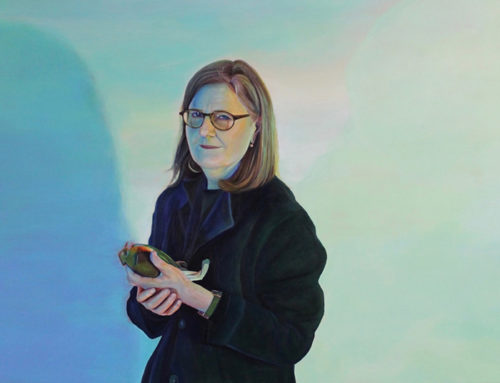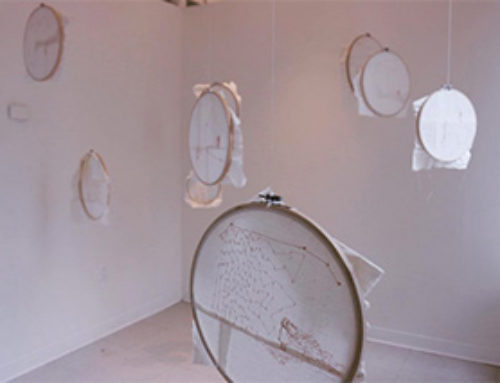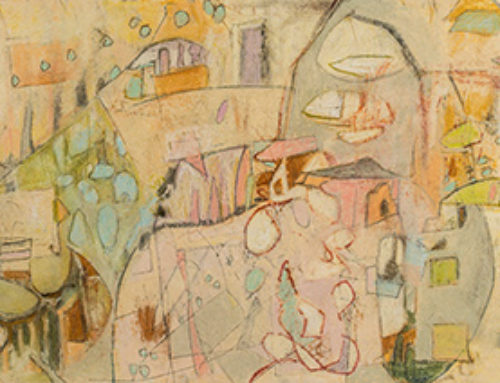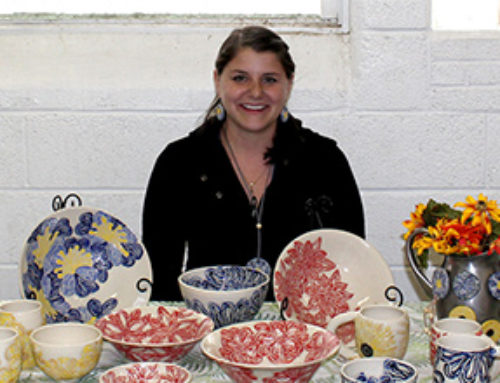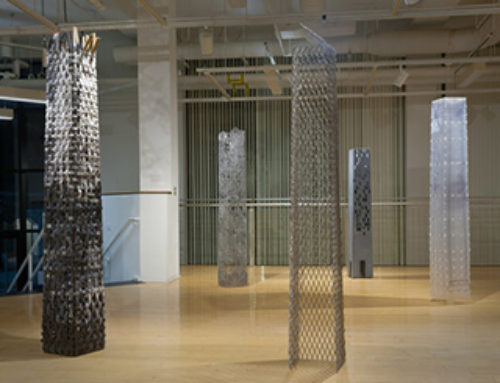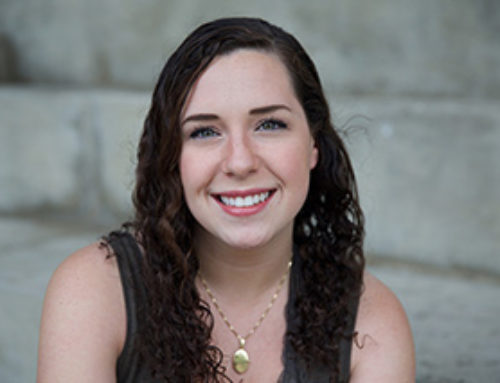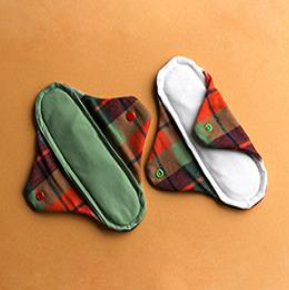
Plaid Pads, Cotton and Flannel Fabric, 7.5” x 8”
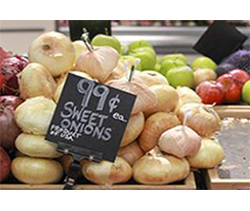
100x Produce (Onion) seen in Target, Silkscreen and Fabric, variable size
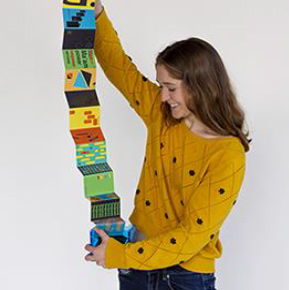
Fifty, Posters and Acrylic, 73.66”x 3.66”
GABRIELLE DIPIETRO | INTERVIEW QUESTIONS
Q. How did your passion for art begin taking shape for you—at home, school, a mentor, and other artists who inspired you or a personal experience that started the fermenting process?A. My love for art and design started at home and was cultivated by my mom. Her and I would do crafts together daily and she inspired me to draw, paint, and use the computer as a tool for art (yes Microsoft Paint). As I got older and had school poster projects, my mom and I would always make sure my poster was over the top artsy and full of “cool” fonts. Whenever I would hand in or present one of these projects, I would get butterflies because I was so proud and passionate about my work. This love of art, crafts, design, fonts and MS Paint led me to pursue studio art, multimedia design and coding classes in high school, which ultimately inspired me to study graphic design at Boston University.
Q. How would you describe your artwork, in terms of materials or mediums? Has it changed or evolved since formal training and what are your goals for it?
A. As a graphic designer one would think that I work primarily on the computer, but that’s not the case for me. In all my work, I try to incorporate some sort of hand or tactile element. My favorite mediums to combine with graphic design are collage, sewing/textiles, and screen printing.
I’ve always been able to think differently and make strange connections, but never really knew where that would lead me. For most of my life, leading up to college, I was only exposed to the “masters” in art and design, which don’t always inspire me. In my fine art and design classes at Boston University, I was challenged to forget everything I knew about art and to incorporate the Weird Factor™ in all that I do. At first this was difficult for me, but as I became more confident in my skills and my voice as an artist and designer, I was able to create compelling and original work. I hope to be able to continue bringing this experimental and Weird Factor ™ in which I’ve been trained into my professional career.
Q. How important is a personal style to you as an artist or does your work reflect larger social and cultural issues?
A. My personality and identity are always embedded in my design work, No matter the subject matter, I find a way that I can relate and respond to the content. A lot of my work tends to recall on past or present experiences that I struggle with, including my role as a young woman in catholic school and my battle with OCD. Although these issues and experiences are personal, I try to represent a bigger population which voices are not always heard.
Q. Has being a woman affected your work and others’ perception of it? How do you feel about being a part of a woman’s art organization?
A. From my knowledge of art history, men have generally been more of the focus, more in control and more revered. Even today and especially in graphic design, this power struggle women face in the field is evident. Sometimes as a woman I feel as though my art isn’t taken as seriously or is seen as “crafty” when compared to my male peers. But I know that my work is just as valid and deserves recognition. This power dynamic we live in drives me to work harder and harder to challenge a woman’s place in society and bring to light shared experiences of women in my art.
I feel empowered to join such an esteemed women’s art organization. I hope that this achievement will propel my art career so I can continue to challenge a woman’s role while helping me to learn from great women artists that have come before me.



